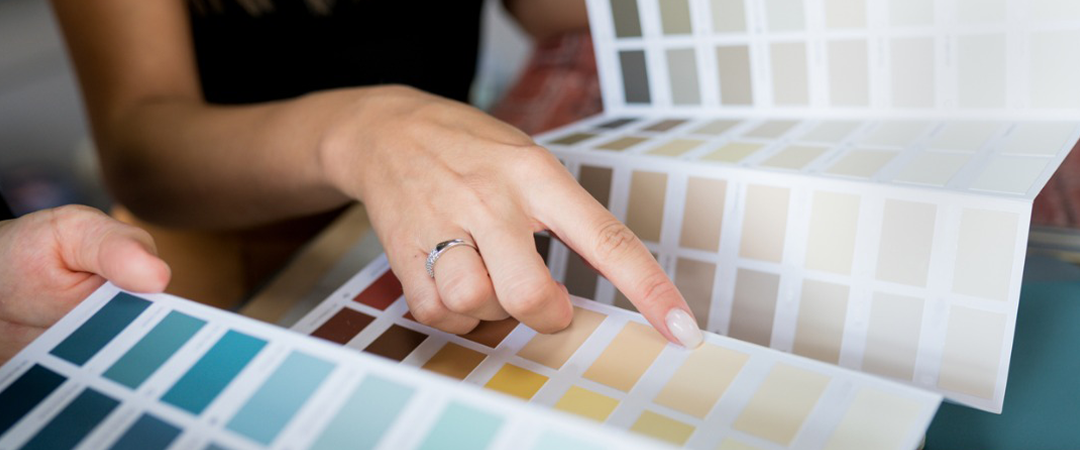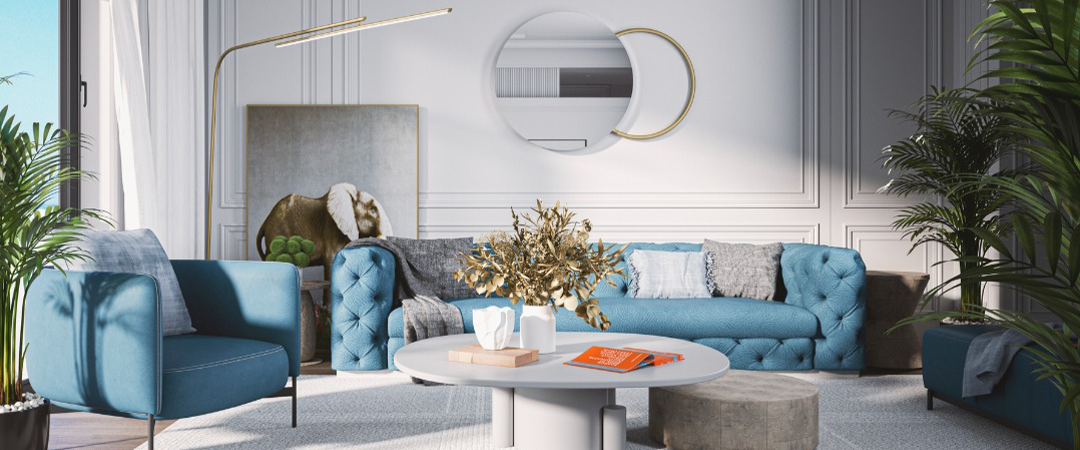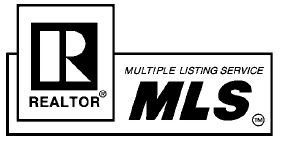Pros and Cons of Adding a Bathroom in the Basement

If you have a finished basement, a bathroom may or may not be necessary. How you use the downstairs space, the current layout of your house and the location of the sewer line are important considerations that can affect the scope and cost of a bathroom renovation project.
Reasons to Install a Bathroom in the Basement
A downstairs bathroom can be convenient, especially the lower level is used as a family room, office or bedroom. If the basement is used for work or gathering, a half bathroom may be a better choice. If there is a downstairs bedroom, a full bathroom makes more sense.
The benefits that you derive from a basement bathroom can also make it appealing to potential renters or buyers. Adding a bathroom in the lower level may boost your home’s value and help it stand out among similar houses that don’t have an extra bathroom downstairs.
Challenges Associated With a Basement Bathroom
Adding a bathroom downstairs may be more complicated than installing one above ground. It may be easier and less expensive if you build a new bathroom directly below an existing one. That may or may not be possible, depending on your home’s design.
If the sewer line is located above the basement level, water will have to be transported down to the basement and back up so it can exit the house. It may be necessary to tear up an existing floor to run plumbing.
Basements can collect moisture, so the lower level will have to be well sealed before you can add a bathroom. You will also have to make sure there is an adequate irrigation system that can direct water away from the house so it won’t leak into the basement.
The fixtures you choose for a basement bathroom will heavily influence the cost. Carefully consider your options when it comes to the toilet, sink, vanity, shower or tub, flooring, tile, and other components. Select fixtures that can resist mold and mildew.
Also think about lighting. Since basements are below ground, having a window in your downstairs bathroom won’t be an option. Choose light fixtures that will provide plenty of illumination.
How to Select a Contractor
Creating a bathroom in a basement may be much more complex than building one above ground. Make sure that you hire a contractor who is up to the challenge. When you interview contractors, specifically ask about their experience installing bathrooms in basements. Contact references and make sure that the company you hire is licensed and insured.
Source: RIS Media
Share this post

If your rental property is ready for a paint refresh, adorning your room with fall hues will create a luxe, seasonal space without committing to a complete design overhaul. Whether you want a deep pecan hue, a rich, burgundy color, or the gleaming color of golden hour, a fresh application of paint can bring these hues into your rental property. The below paint colors are a curated selection of cozy fall tones that also make a statement all year round. Benjamin Moore – Bear Creek 1470 A deep, gray-brown color, Bear Creek is a rich tone that is a beautiful contrast to creams and creamy whites. In addition, Bear Creek brings in tones of winter woods and adds a layer of coziness to living areas. This deep tone pairs well with a warm white or cream color for the trim and ceiling or can be continued on the trim, but a different sheen, like semi-gloss, is recommended for trim. Where to Use It: A living room or great room Benjamin Moore – Sequoia 1245 This reddish-brown color is both a neutral tone and also brings drama. Sequoia is softer than a burgundy but is deep enough to create a moody space. In addition, Sequoia’s dustiness is neutral enough to pair well with many complementary colors. For a trim pairing, Sequoia looks stunning with an off-white or warm white paint selection. Where to Use It: A library or study Benjamin Moore – Metallic Gold 2163-40 This shimmery, soft brown has pink undertones, which brings a glowing ambiance to any space. Earthy yet elegant, Metallic Gold makes a room look effortless and inviting. Where to Use It: A dining room Farrow & Ball – Hague Blue This dramatic, intense blue is a timeless color with green undertones. In addition, Hague Blue’s deep, pigmented hue makes a dark room feel intentionally cozy and moody. Where to Use It: A powder bathroom Farrow & Ball – Deep Reddish Brown Both luxurious and soothing, Deep Reddish Brown, is a warm tone with chocolatey undertones. Deep, warm and welcoming, Deep Reddish Brown will add richness and drama to walls, doors and trim. Where to Use It: A stairway Farrow & Ball – Tanner’s Brown This dramatic hue is a strong dark brown that is almost black in low lighting. However, in a well-lit space, it reads as brown. A rich, warm hue, Tanner’s Brown brings drama and warmth to a room. Where to Use It: Interior of a fireplace Sherwin Williams – Cotton This warm white will make your space feel effortlessly layered and cozy. Its soothing neutral hue makes any room feel relaxed and inviting. It’s the perfect backdrop to layer in neutral or colorful furniture and accessories and to begin the day on a crisp, calm note. Where to Use It: A bedroom or great room Source: RIS Media

Owning a luxury investment property is an excellent way to add an additional income stream, as well as a destination to make family memories. To make your property stand out to potential renters, it’s all about creating an experience. Whether your property is a lakeside escape or a mountain hideaway, the details do matter. Read on to find out how to enhance your luxury investment property to keep your income stream flowing. Create a Theme, But Skip the Kitsch A subtly integrated theme will make your property memorable to those who are looking to book a rental property, as well as for repeat renters. So, whether you are renting your Nantucket home with ocean views, an Aspen ski retreat or a Palm Springs escape, make sure the decor fits the area’s landscape. Remember, there is a fine line between staying with a theme and crossing the line into kitschy. This means avoiding any overtly nautical touches, such as anchors and ropes, or overdoing the taxidermy and animal prints. Have a Unique Touch Give your guests a reason to return by incorporating subtle, luxurious touches they may not have at home. Whether you are catering to gourmet cooks with an assortment of epicurean oils and spices, spa aficionados with lavish bath products or literary zealots with a rich variety of coffee table books, create memorable moments for your guests. Create an Aspirational Lifestyle Give your property its own persona by treating it as a lifestyle brand. Create a social media presence, highlighting content that reflects the lifestyle of the home and the surrounding area. Feature the property’s unique features, local destinations, activities and aspirational imagery. Take a “Less is More” Approach Being able to take a deep breath and relax is usually at the top of many people’s vacation to-do lists. Help facilitate this state of mind by embracing simplicity in the design. Creating one focal point in each room is a good rule-of-thumb to help the room feel intentional and not over designed. This simple, clean approach will provide guests with mental clarity and space for their belongings. Invest in Smart Technology Incorporating smart home technology is an asset for both you and your guests. For example, installing a keyless entry lock and deadbolt will easily allow your guests, cleaning staff and handyman to access the property without exchanging keys. Home automation, such as automated lights and window shades, will allow your guests to easily adjust the home’s settings to their comfort levels without searching for light switches. Voice activation, such as using Amazon Echo or Google Home systems, will provide your guests with additional vacation ease. Invest in the Correct Areas Since a rental home is a high-traffic property, durability is vital to keep the home and decor in good condition. The upholstery, especially in high traffic areas like the living areas and kitchen, should be performance fabric to help lessen the impact of spills and wear and tear. Additionally, the pieces that get the highest usage, such as the sofa and ottoman, should be considered investment pieces. Accessories, such as rugs, artwork or lamps, can be at a lower price point in the event of often inevitable damage. Taking the time to invest in the personal touches will make your luxury property feel unique and unforgettable to all who visit. Source: RIS Media

Roofing problems are sometimes obvious, but they often go unnoticed for years. Then, when you realize there’s an issue with your rental property, the situation is so serious that the roof requires significant repairs or replacement. Routine roof inspections can prevent this type of scenario. You should have your roof inspected once a year, plus after a major storm or any time you suspect there may be a problem. Regular Inspections Can Detect Problems Before They Get Worse Often, a roof leak occurs because a minor problem wasn’t found and addressed. Roof issues can be hard to spot from the ground. Even if you climb on the roof and take a look around, you may miss signs of a problem if you’re not familiar with roofing systems and don’t know what to look for. A roofing professional can quickly spot issues and recommend repairs so the damage doesn’t get worse. An Inspector Can Find Storm-Related Damage Sometimes storm damage is obvious. For example, strong winds may blow a large tree branch onto the roof or tear off shingles. In many cases, though, issues aren’t clearly visible, at least not right away. A roofing contractor can detect a minor problem before water damages roofing components, beams in the attic and insulation. Routine Inspections Can Help If You Need to File an Insurance Claim Homeowners insurance covers roof repairs and replacement if damage is caused by a covered peril. Insurance won’t cover roof damage if the issue is due, at least in part, to lack of maintenance. If you file a claim for roof repair or replacement after a storm and you can produce documents showing that you had the roof inspected and maintained regularly, your claim will likely get approved. On the other hand, if you neglect maintenance, your roof gets damaged in a storm and then you file a homeowners insurance claim, the company may refuse to pay for repairs or replacement. You Can Prepare for Significant Costs A large bill for roof repair or replacement can be tough to deal with, but it can be even more unpleasant if you don’t see it coming. Knowing that the roof will need to be replaced in the next few years can give you an opportunity to save money or look into financing, as well as time to compare quotes from several contractors. That’s much better than experiencing a major roof leak, rushing to find the first available contractor and paying a large bill you weren’t expecting. Inspections are Important for New Roofs Even if the roof is only a few years old, it can still become damaged. A roofing contractor may catch an issue while it’s still covered by warranty. That can give you an opportunity to get the problem fixed and prevent a more serious issue down the road. Source: RIS Media



